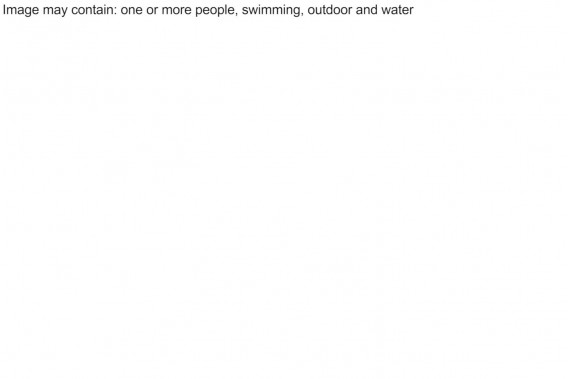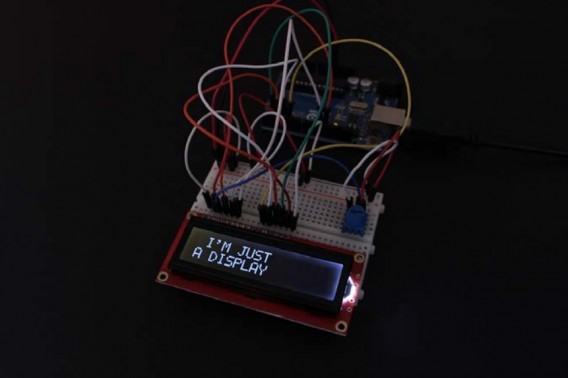In 2001 the artist and theorist Lev Manovich published the book The Language of New Media (The MIT Press), in which he lists the possibilities of new digital technologies when creating new discourses and languages and, from a point of view artistic, links these languages with the avant-garde of the twentieth century. New Media would since become a common expression to refer to that genre of contemporary art that enters the museum on electronic media and that proposes aesthetic and poetic uses for them beyond the daily uses of this technology.
This same book was published translated in Spain four years later under the title The Language of New Media of comunication (Paidós, 2005), a translation that, being strictly correct, could generate some confusion in bookstores: is it a book What speaks of the renewal of communication media such as radio, television or the written press? All things considered, most of the companies that own these communication channels have names like Mediaset, Atresmedia Corporación, Globomedia or even À Punt media.
The various meanings that “media” Anglicism receives in the daily use of spanish language, cause a kind of ambiguity that leads us to use the word to refer to both an electronic device, a language of expression or even a business conglomerate of media.
At La Posta Foundation we want to start the new season by rethinking the broader meaning of the word MEDIA (already accepted with this spelling in the dictionary of the Spanish language) and thus influence a trajectory characterized by the observation of the phenomena of the image and of its alternative ways of being created and transmitted.
For this we will have three artists who have built part of their careers around these critical and atypical uses of both technology and the social discourse derived from it, with self-referential reflections, echoes of media discourse and low fidelity tech gadgets: Julia Puyo, with his works “I’m just a display” (2017) and ” Artifacts ” (2015), Azahara Cerezo “Floors” (2021) and Mario Santamaría “Show me a ghost” (2017).
Works on display:
Julia Puyo
I’m just a display (Display, Arduino, electronic components), 2017.
Artifacts (Artifact #1 – Artifact #2 – Artifact #3; HD Videos Triptych), 2015.
Azahara Cerezo
Floors (Single-channel video and sculpture printed in polyethylene), 2021 (Premiere).
Mario Santamaria
Show me a ghost (installation, projector dropped to the ground, dysfunctional projection), 2017.
__________________________
Julia Puyo was born in Zaragoza. She has a degree in Fine Arts from the Polytechnic University of Valencia and a Master’s in Visual Arts and Multimedia, she went to Paris where she lived for 6 years and for two years she has lived in Barcelona. At a professional level, she is dedicated to carrying out multimedia innovation projects for companies (as Creative Director and UX designer) but continues with a purely artistic and personal aspect in which she simultaneously uses everyday objects such as electronic devices to make ironic reflections on certain institutional discourses.
Azahara Cerezo (Girona, 1988) addresses contradictions in the uniqueness of the territory and in/visibility relationships between urban forms, globalizing processes and technical tools. Reappropriation and displacement strategies are used for the configuration of actions —often online—, experimental videos and installations. Her projects are frequently linked to production in the context of artistic residencies.
Mario Santamaría (Burgos, 1985). Post-digital artist. His artistic practice studies the phenomenon of the contemporary observer, paying attention to two processes that configure it: representational practices and vision and mediation devices. His works intervene in different fields such as conflict, memory, virtuality or surveillance through tactics such as appropriation, remake or montage. Santamaría has been a resident artist at Hangar (Barcelona, 2015), Kunststiftung Baden-Württemberg (Stuttgart, 2015) or Flax Art Studios (Belfast, 2014), among others. At the CCCB he is a regular contributor to The Influencers festival, in which he has developed projects such as Internet Yami-Ichi (2016, 2017) or Barcelona Internet Tour (2018).



